Japan is the best travel destination in the world, in part because of how diverse it is—where else can you ride a futuristic bullet train to some of the oldest temples in the world? However, it is precisely this wide range of experiences that makes planning a trip to Japan a challenge for so many travelers.
Below, you’ll find what I consider the best places to visit in Japan, which have stood out to me during the 14 trips I’ve taken to the country so far. Whether you’re seeking culture, cuisine or a beautiful view, these are the most magical locations in all of Japan.
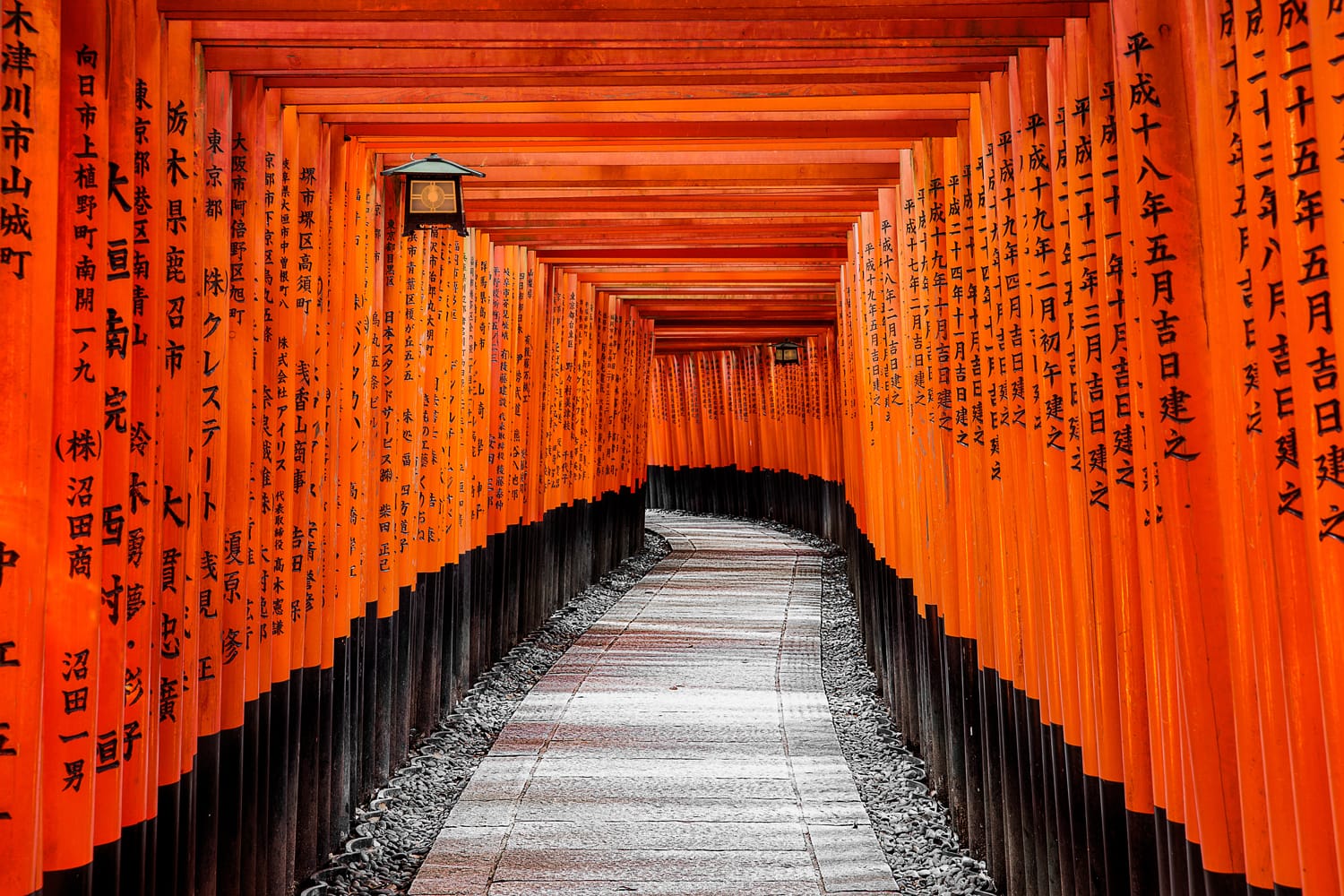
1. Fushimi Inari Shrine, Kyoto
If you’ve ever seen photos of a seemingly endless procession of bright orange torii gates in Japan, Fushimi Inari is the place they depict. Located just 10 minutes from Kyoto Station by train, this sprawling hillside shrine feels like it sits hours outside any major city, which is part of why visiting it can be such an exhilarating experience.
As far as what to do here, many travelers hike all the way up to the shrine’s viewpoint, which takes about two hours and offers a stunning panorama of Kyoto. If you aren’t a very active traveler, you could also simply walk under a few dozen of the gates, which are actually all sponsored by corporations, in spite of how spiritual they appear.
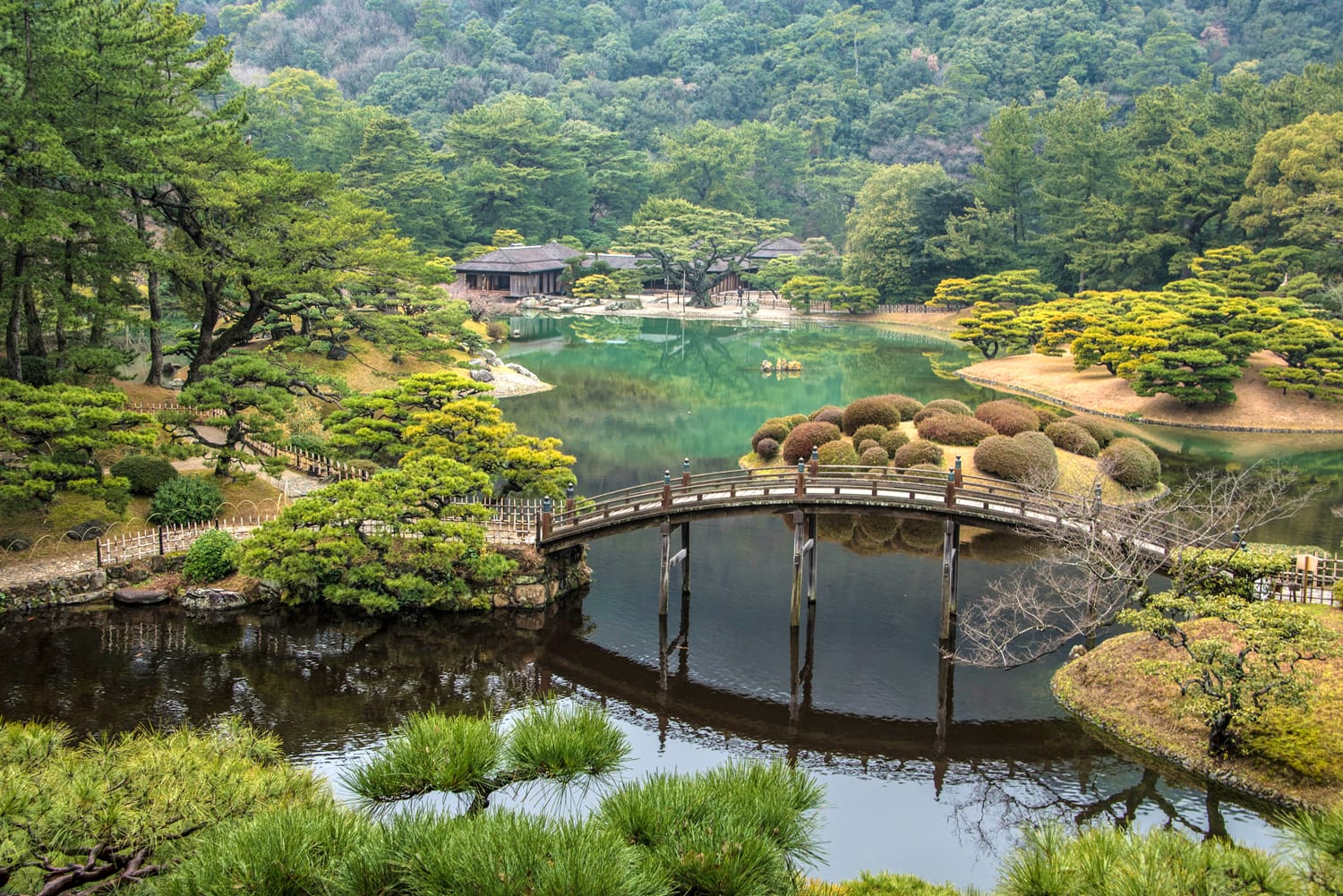
2. Ritsurin Garden, Takamatsu
Japanese gardens are one of the most ubiquitous symbols of Japan around the world. It’s not until you come to Japan, however, and stroll through a few of the originals that you can really appreciate their ordered beauty. My personal favorite Japanese garden is Ritsurin, located in the heart of the city of Takamatsu on the underrated island of Shikoku.
Founded in 1625 by a local feudal lord, Ritsurin is known as one of Japan’s best traditional gardens among the Japanese, though few foreigners make the journey here. Thankfully, Takamatsu is only a short local train ride away from Okayama (which is served by the Shinkansen bullet train), so Ritsurin is relatively easy to reach.
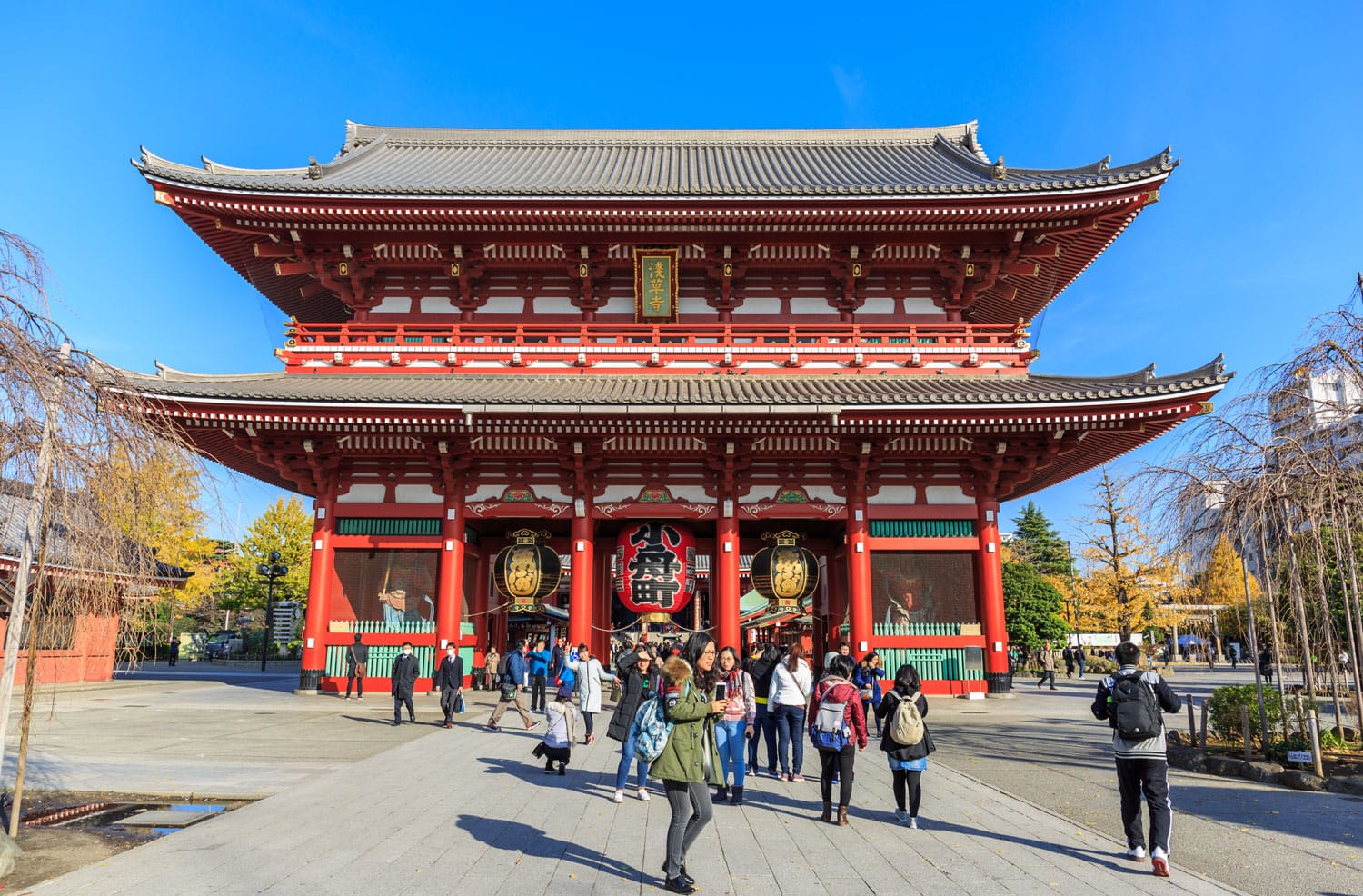
3. Asakusa District, Tokyo
Most people associate Tokyo with the neon lights of Shinjuku or the busy pedestrian crossing of Shibuya. While these images are rightfully linked with Tokyo in the travel zeitgeist, Japan’s capital is less about such singular futurism and more about the contrasts between what it has become and what it once was. Nowhere in Tokyo exemplifies this concept more than the Asakusa district.
Whether you explore Asakusa by foot or traditional rickshaw, you’ll marvel not only at the sky-scraping Tokyo Sky Tree (the tallest structure in Japan), but at Sensō-ji Temple, which dates back to the 7th century. As you walk among the timelessly beautiful Sumida River, don’t be surprised if characters driving Mario Karts zoom past you.
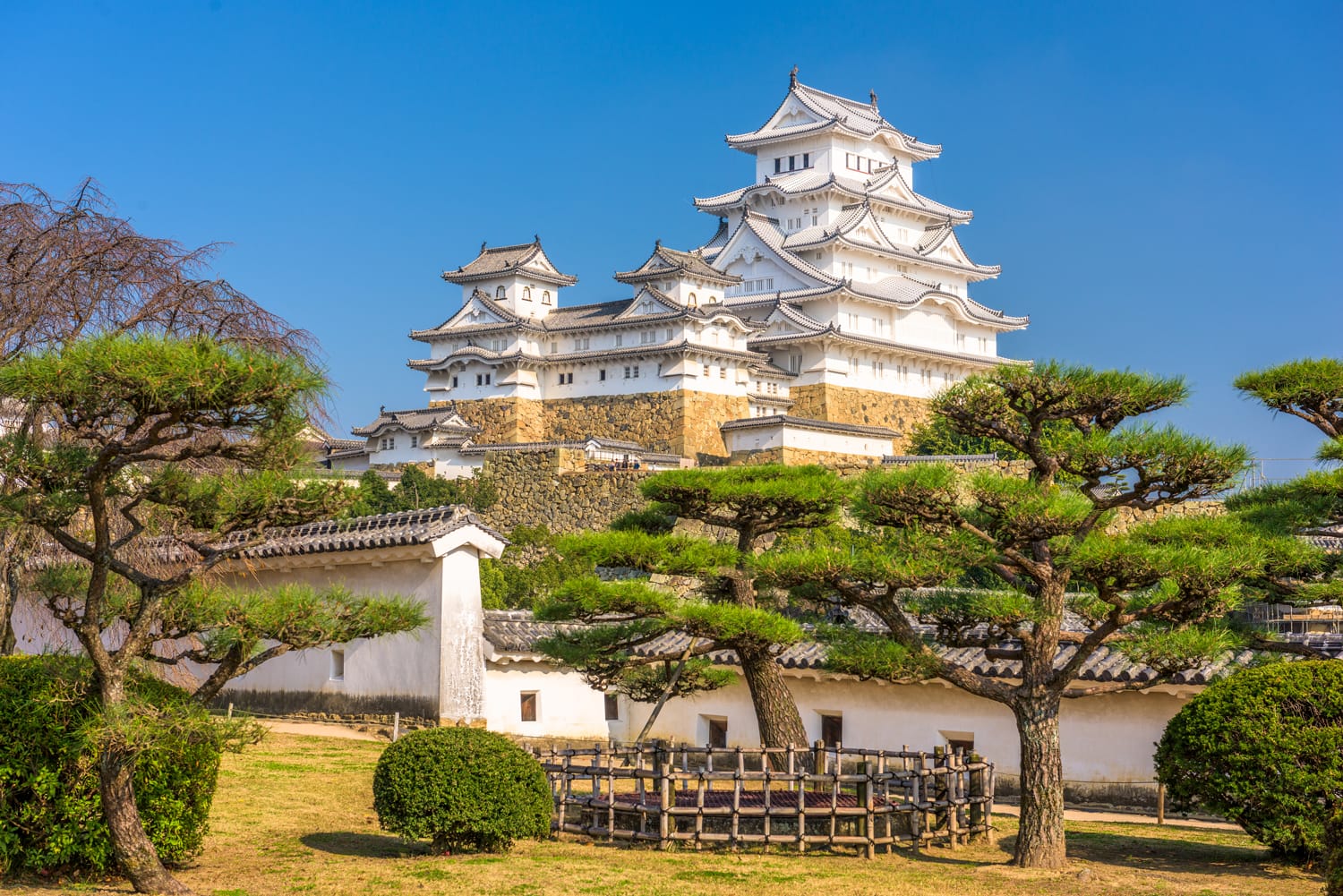
4. Himeji Castle, Hyogo
Japan is home to dozens of castles, and some would argue that they all begin to look the same after a while. I’m not among this sect of tourists, but if you are, there’s an easy way to minimize the effects of this sort of conclusion on your trip: Head straight to the best castle in Japan! Most visitors and Japanese locals alike agree that this is Himeji Castle, located in the Hyogo prefecture of the Kansai region.
Himeji Castle, nicknamed “White Egret Castle” due to its bleached facade, sits just 15 minutes from Himeji Station, which makes it an ideal day trip from Kyoto or Osaka. It’s especially beautiful during early April’s cherry blossom season, when a boat trip through the moat that surrounds the castle is a particularly picturesque option.
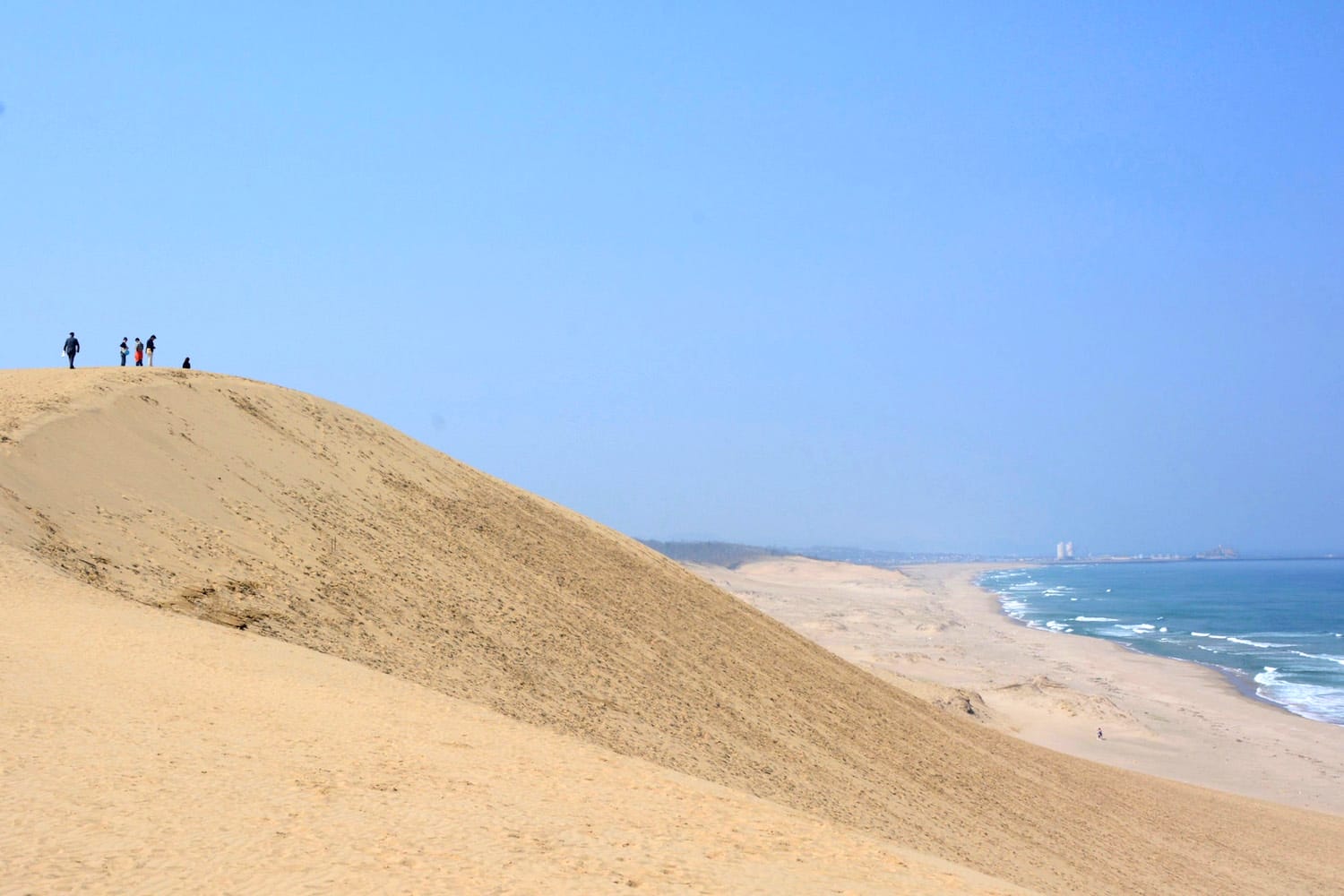
5. Tottori Sand Dunes, Tottori
Tottori is only a few hours from Himeji by train, but the arid landscape you find at the Tottori Sand Dunes is worlds away from the lushness of Himeji Castle. Formed over hundreds of thousands of years due to unusual wind patterns that deposit sediment from the Chugoku Mountains out of the Sendai River, this “Japanese desert” is one of the most unique landscapes in the country. As a matter of fact, it’s the only notable dune system in Japan.
Locals, for their part, fully capitalize on the dunes’ quirks. From keeping a camel on site for photo ops (but not for riding) to having spacious merchandise shops both at the park itself as well as in the city of Tottori (which is about 30 minutes away by bus), residents of Tottori Prefecture know they share a home with a Japanese attraction that’s not only incredible, but incredibly marketable.
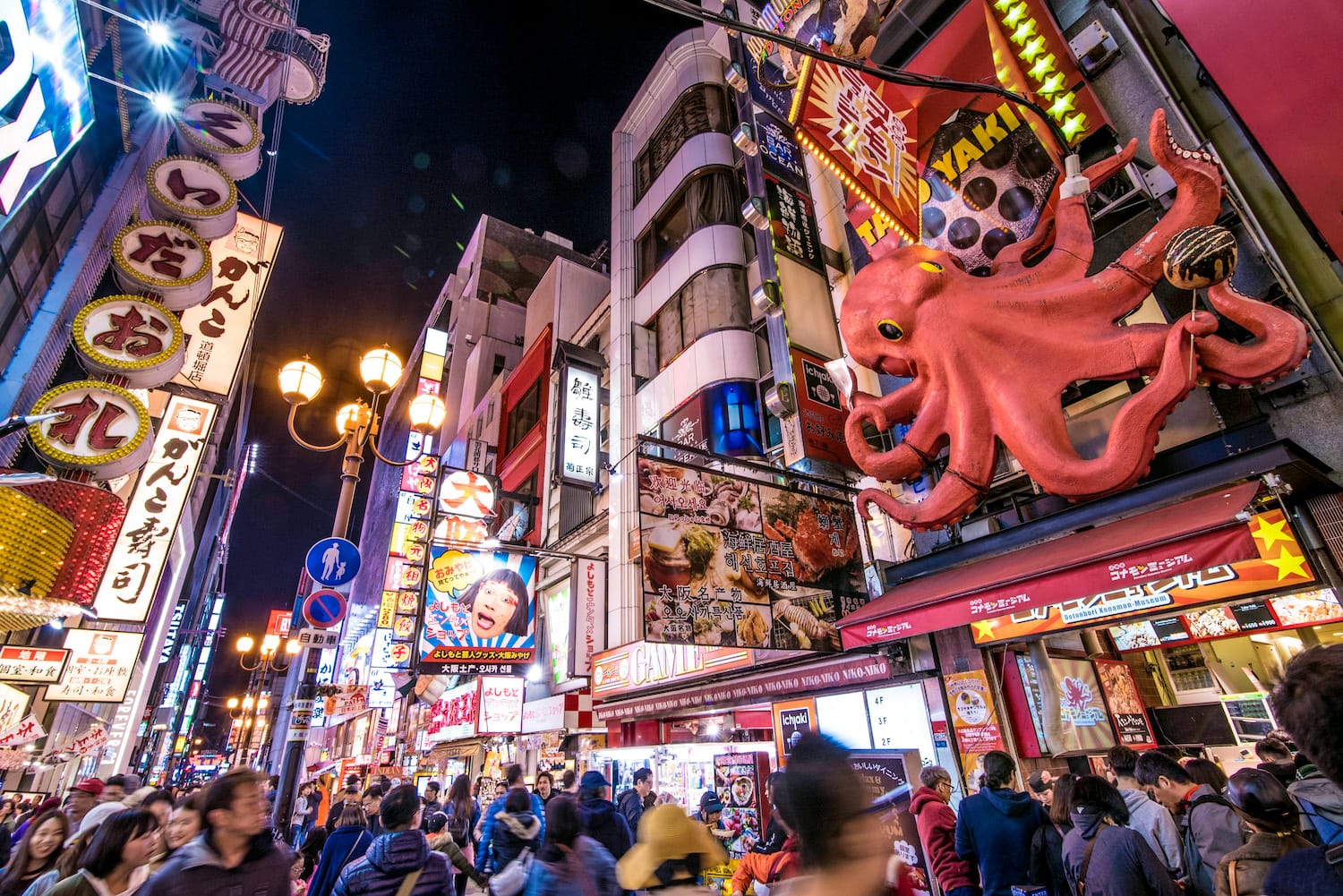
6. Dōtonbori Pedestrian Street, Osaka
Speaking of Osaka, this city is a lot more than a second fiddle to Tokyo, which is unfortunately what a lot of people reduce it to. An impressive spate of tourist attractions notwithstanding (Osaka Castle is the most popular counter-example used to refute Himeji Castle’s supremacy), Osaka is home to Japan’s most delicious street food.
The best place in Osaka to try the most street food in the shortest amount of time is the bustling Dōtonbori pedestrian street. Featuring dramatic sculptures of creatures present in its various specialties (there’s a crab at its southern terminus above a kani doraku grilled crab joint and an octopus above a takoyaki fritter stand toward the north), Dōtonbori is a feast for the eyes as well as the taste buds.
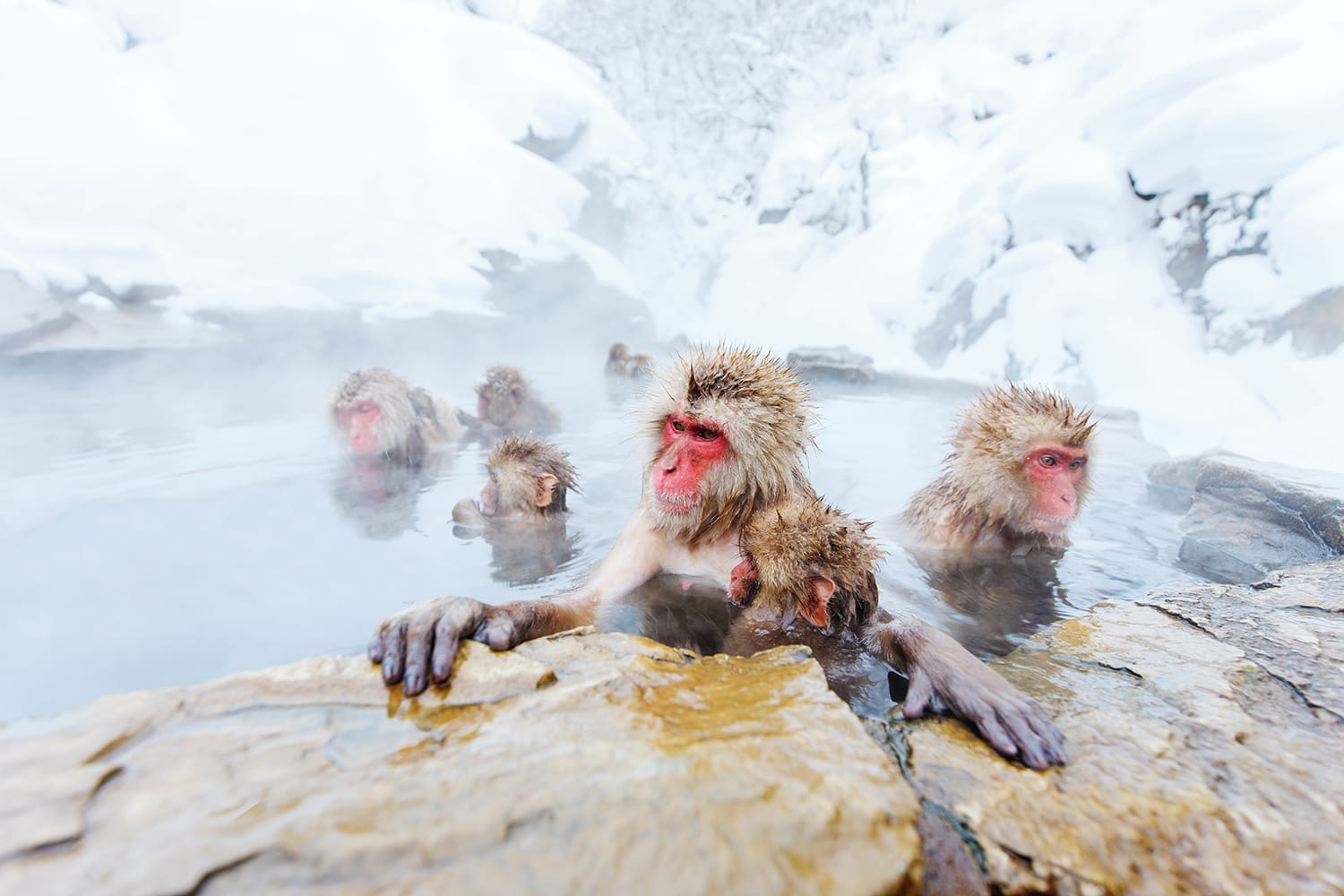
7. Japanese Snow Monkeys, Nagano
Bathing in an onsen hot spring is on many people’s Japan bucket lists, but you won’t be able to swim at the one at Jigokudani (Hell Valley) near Nagano—that’s the bad news. The good news is that your 45-minute hike to this scenic bathing spot will allow you to get up close and personal with the iconic red-faced macaques that can bathe here.
In spite of their popular name, you don’t need to visit this hot spring during winter, though colder temperatures do increase your likelihood of spotting monkeys in the act. Make sure not to touch these animals or get in the water with them because it’s full of monkey poop and much hotter than the places humans generally soak in.
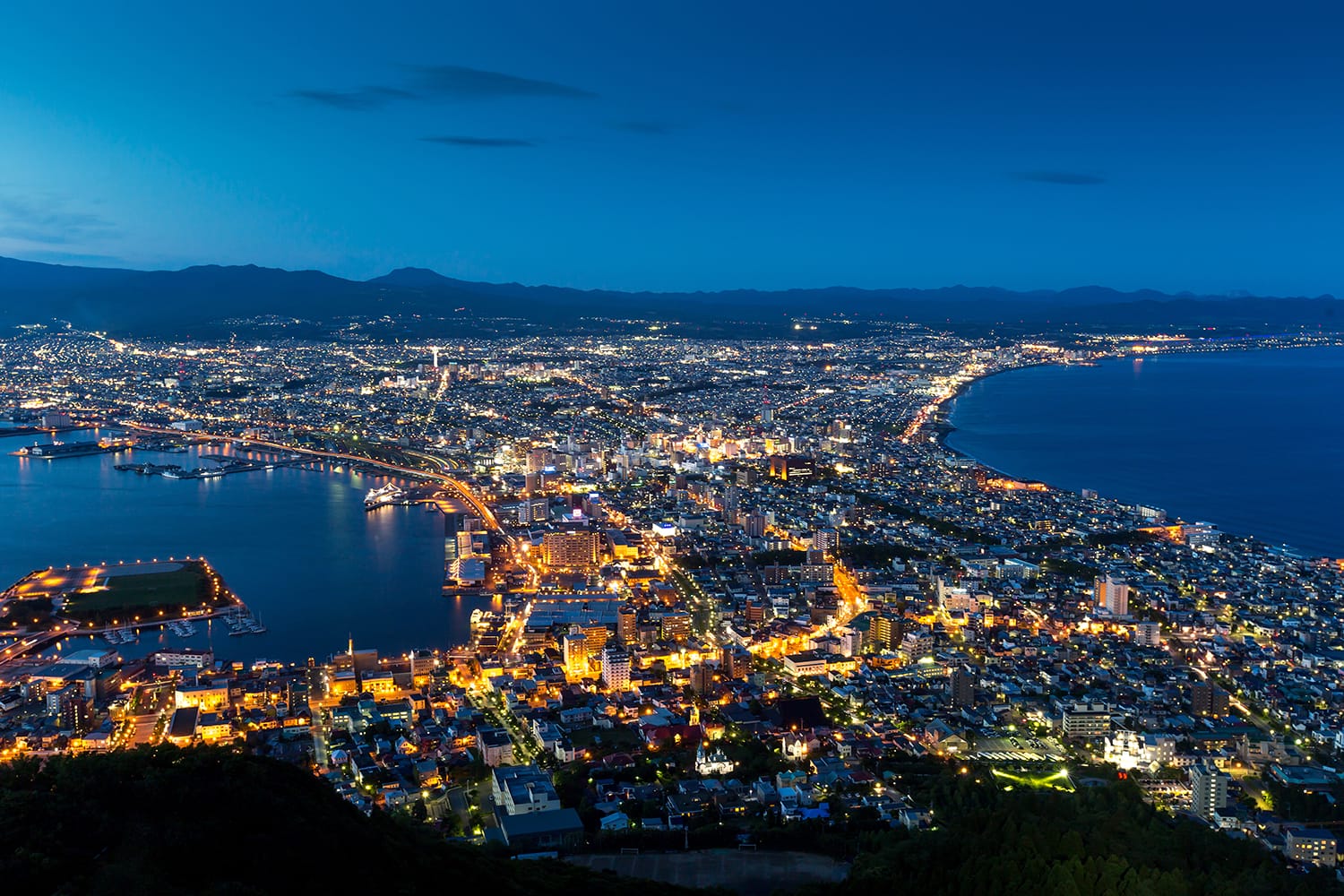
8. Hakodate Night View, Hokkaido
A few years ago a video of a so-called “dancing” squid went viral online. While the reality behind this seemingly cruel video is rather innocuous (salt in the soy sauce causes neurons of the dead squid to fire, resulting in muscle movement), the controversy catapulted Hakodate, where the video was shot, into the spotlight.
For the purposes of this list, neither this Ika Odori Don dancing squid bowl nor the Hakodate Morning Market where you find it is what I’ll be spotlighting. Rather, I want to draw attention to the “night view” from Mount Hakodate. It’s a beautiful way to appreciate the unique cityscape of Hakodate, which sits sandwiched between two bays.
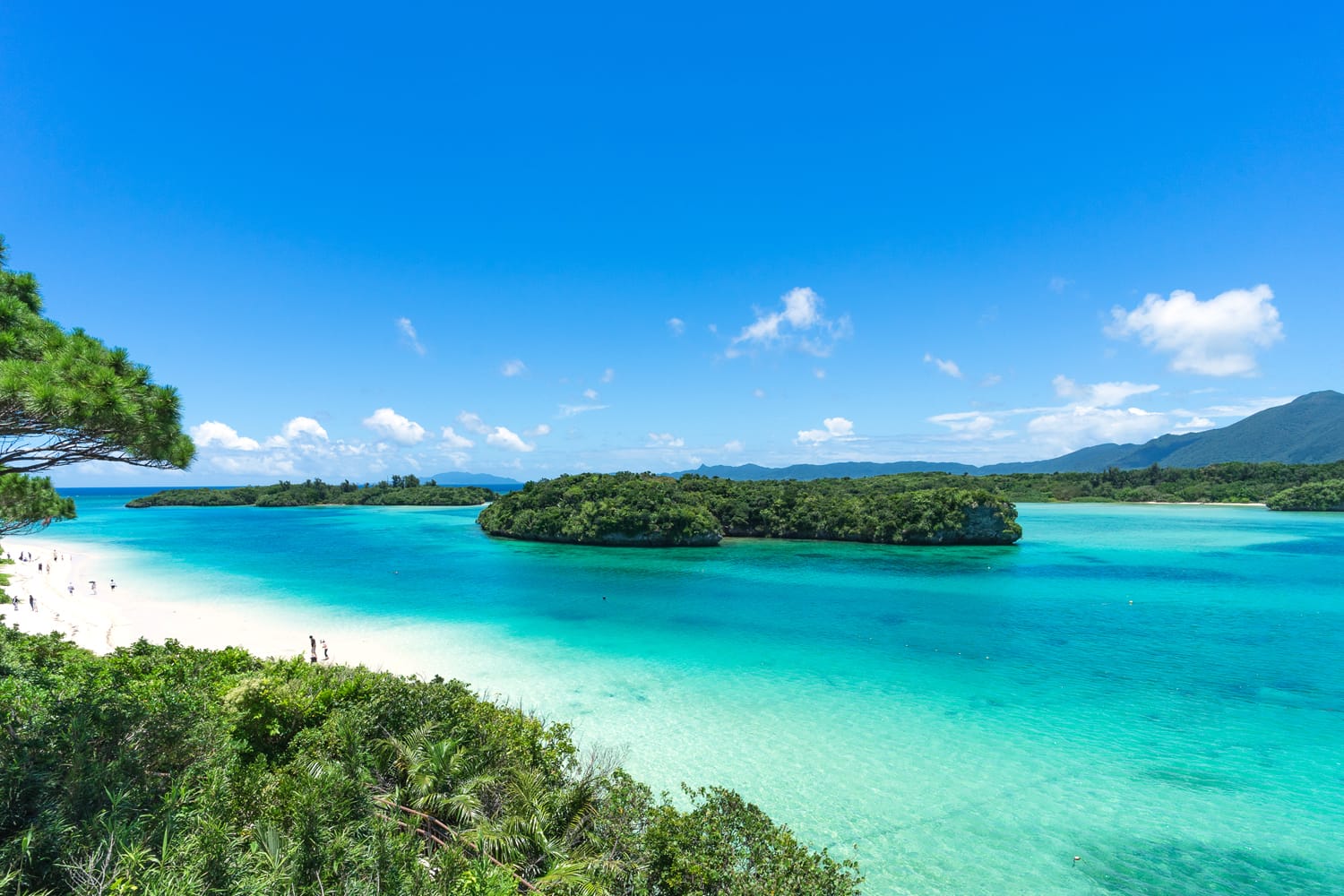
9. Kabira Bay, Okinawa
Speaking of bays, one you’ll find in the islands of Okinawa is arguably the most beautiful body of water in Japan. Located along the northwestern coast of Ishigaki, which is about an hour’s flight from Okinawa’s main island, Kabira Bay’s sugar-white sands, turquoise waters and lush vegetation make you wonder if you’re actually still in Japan.
Some would argue you aren’t. The entire Okinawa archipelago once made up the Ryukyu Kingdom, whose sovereignty was slowly eroded by the Japanese Empire during the 19th century. It was fully absorbed in 1879, but that’s a topic for another article.
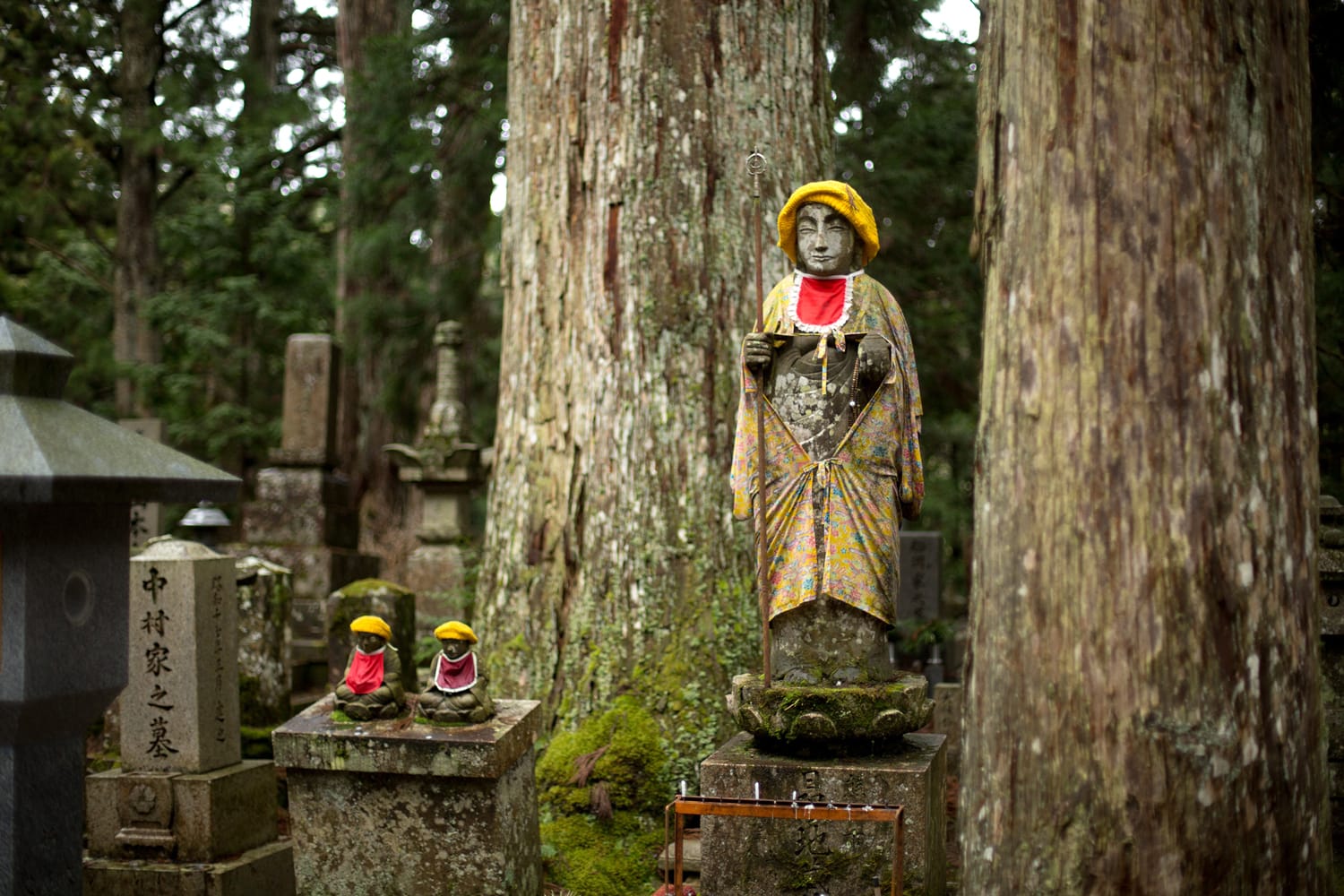
10. Mount Koya, Wakayama
In the early ninth century a Japanese monk named Kūkai took refuge from the cosmopolitan intrigue of Kyoto (which was then Japan’s capital) atop Koyasan, a mountain in nearby Wakayama Prefecture. These days the precipice is a popular pilgrimage not only for Buddhists, but for an increasing number of travelers.
There are two main ways to reach Mt. Koya, whose main attractions include the Danjo Garan temple complex and the expansive cemetery where Kūkai himself is buried. If you don’t take the 5-7-hour hike from the trailhead that starts near Kudoyama Station, take the Nankai Koya Line train to its terminus at Gokurakubashi then transfer to the Koyasan Cable Car (which is technically a funicular railway, just FYI).
Japan can be an intimidating destination, on account of the countless experiences you can have there, but these are the best of the best places to visit in Japan. See all these places if you have a lot of time, or just a couple if you’re only on a short trip. Regardless of where you end up going on your next trip to Japan, it certainly won’t be your last.
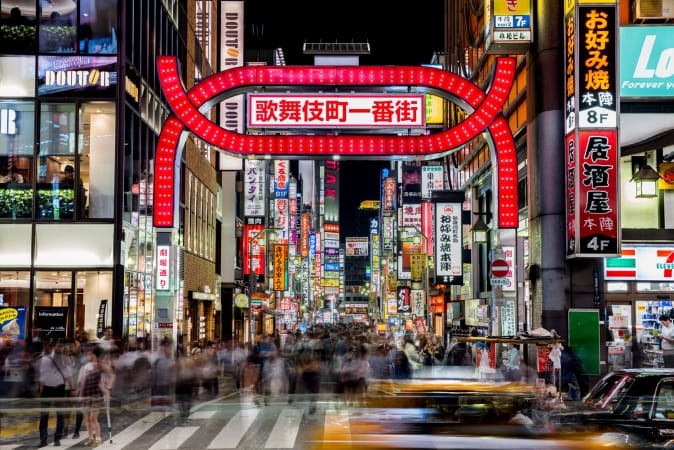
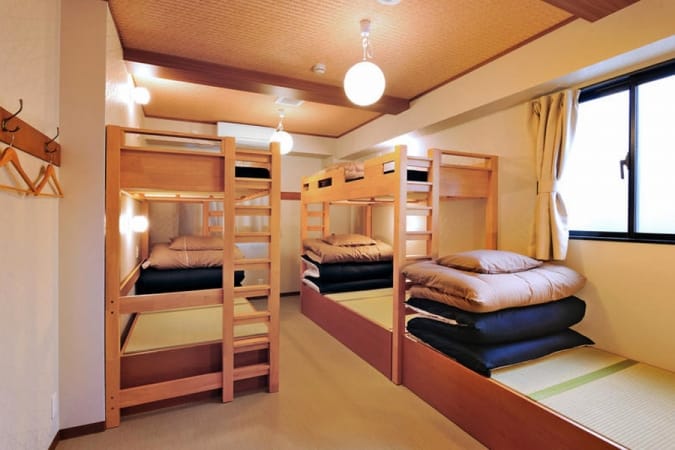
Comments